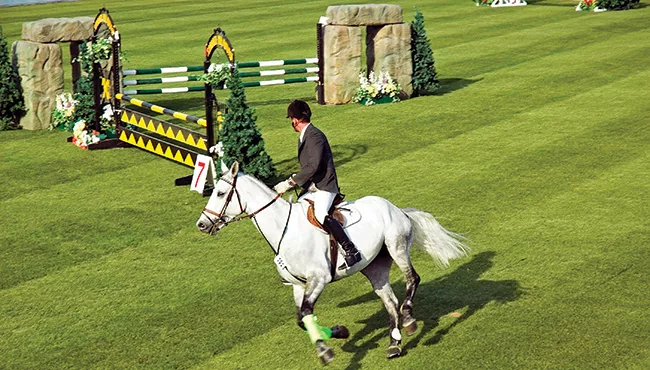American Farriers Journal
American Farriers Journal is the “hands-on” magazine for professional farriers, equine veterinarians and horse care product and service buyers.

Shoeing horses at the highest level involves much more than simply being able to trim hooves and shoe horses competently.
If you look at shoeing a horse as a step-by-step process, it doesn’t seem all that daunting. Remove the old shoes. Trim the feet with a hoof knife and nippers. Shape new shoes and nail them in place. Clinch the nails. Finish the feet. Bring on the next horse.
But, as anyone who remembers that first time under a horse can tell you, the actual task is a lot more complicated than those simple “directions” would make it appear.
What’s more, it can actually be argued that the mechanical process involved in the trimming and shoeing of a horse is one of the easier parts of the craft to master. It’s coming to understand all the complexities and factors that need to be considered to really provide top-notch shoeing and hoof care that is the real challenge.
Red Renchin, technical editor of American Farriers Journal and a member of the International Horseshoeing Hall Of Fame, says that beginning horseshoers often struggle to come up with a formula for shoeing success — particularly if they desire to shoe a higher level of horses.
In addition to a thorough understanding of anatomy and a working knowledge of the basics of the shoeing process, shoeing at a high level requires the farrier to work numerous other factors into their calculations.
First, Renchin notes, any proper formula will depend…